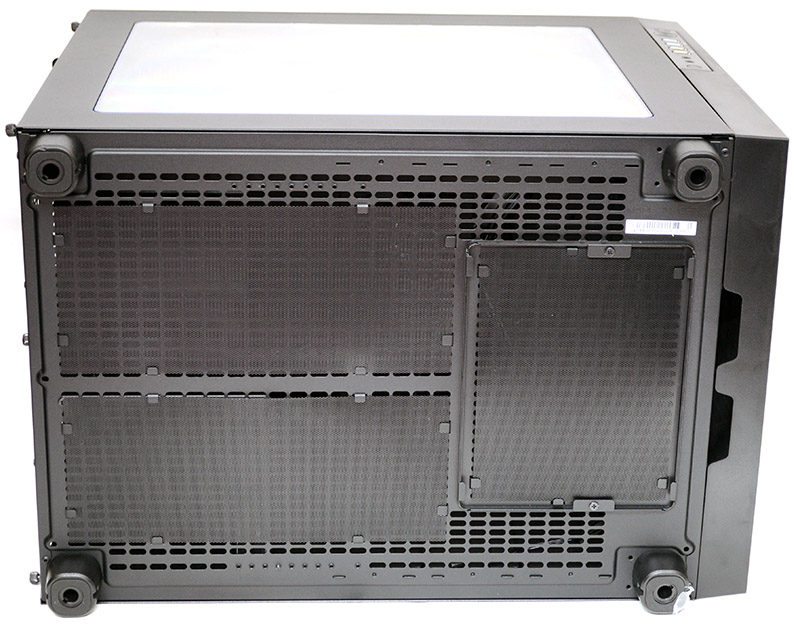Thermaltake Core X5 Chassis Review
Peter Donnell / 9 years ago
Exterior
The Core X5 is a big statement, this thing isn’t going to fit easily under your desk or even on it; This is a chassis for people who want to go big! Down the left side, you’ll find a massive and clear perspex window, giving you a very clear view of the interior and that’s going to be most welcome by those who want to show off their new hardware and custom cooling loops.
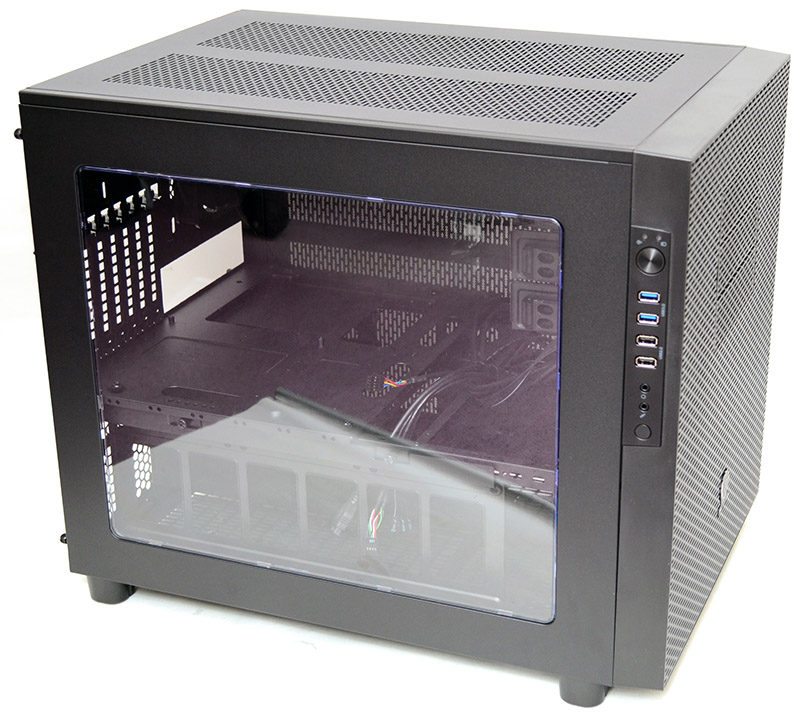
Down the side of the front panel, a well equipped I/O with all the usual ports, but don’t worry if you don’t like it on the left, you can unscrew it and move it to the right side of the front panel is you wanted to.
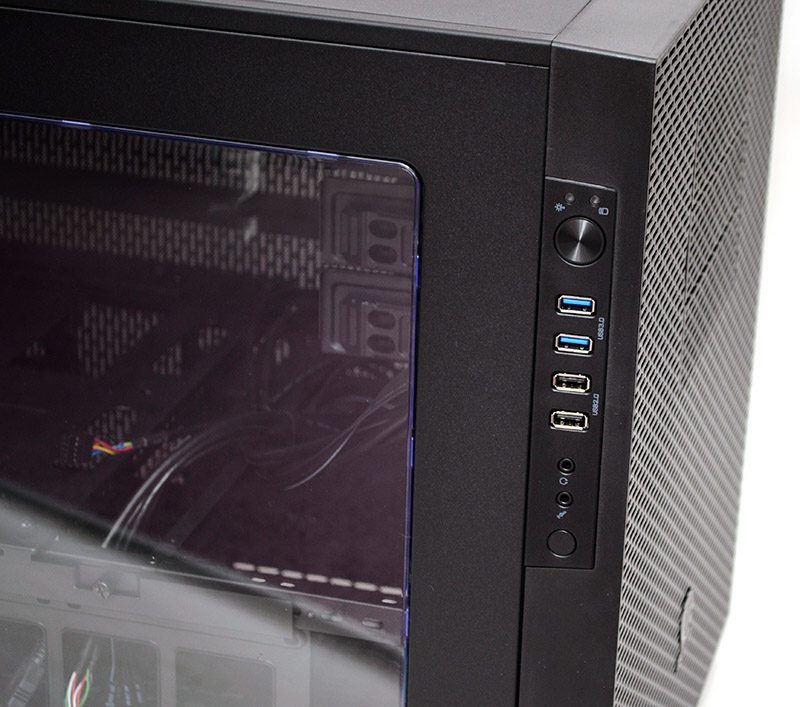
On the right side, a durable metal panel with a vast amount of ventilation, in fact, you can already see that most of this chassis is covered in ventilation, so airflow is not going to be a problem. Don’t worry though, there are some clip-in dust filters behind each and every intake.
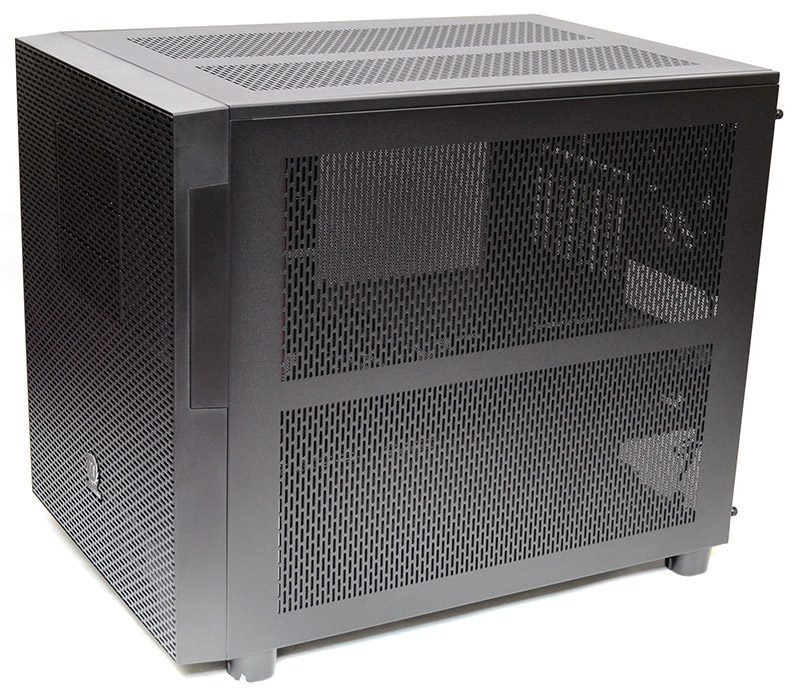
The front panel is pretty huge, as can be seen by the now small looking 5.25″ drive bays that popular the top-middle section! There’s some ventilation on the bottom half, perfect for any front mounted fans or radiators, with a simple Thermaltake logo sitting in the center.
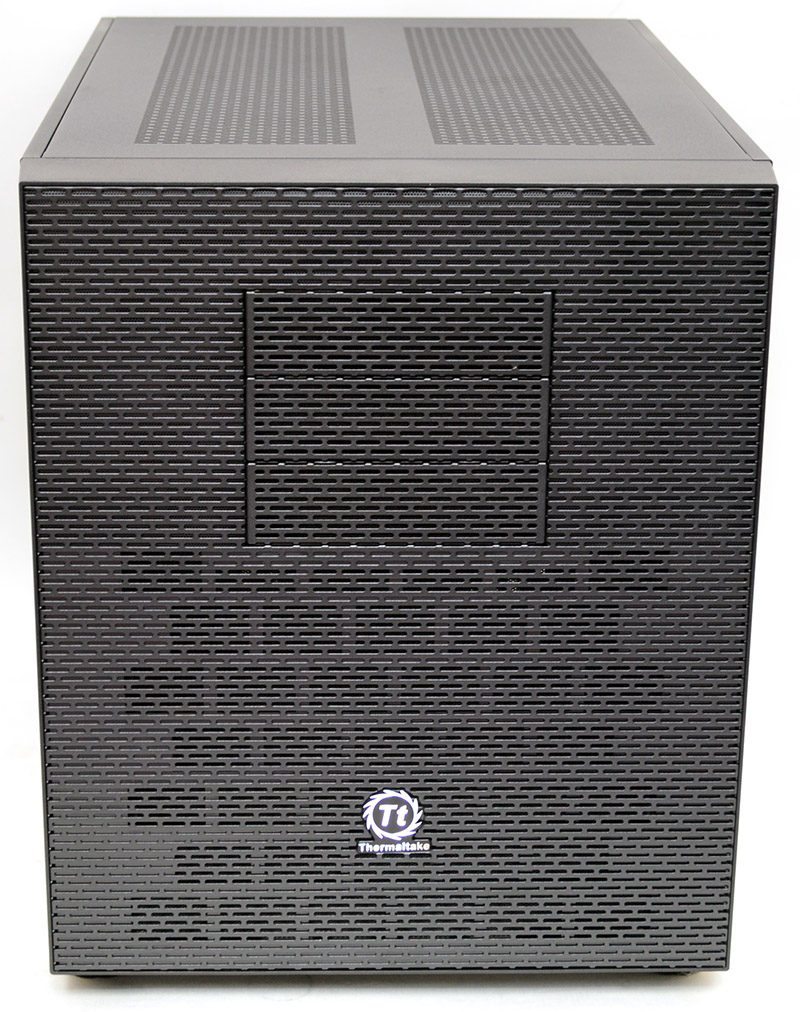
There’s certainly a lot going on around the back, with a lot more ventilation and a whole bunch of removable screws for modifying the chassis.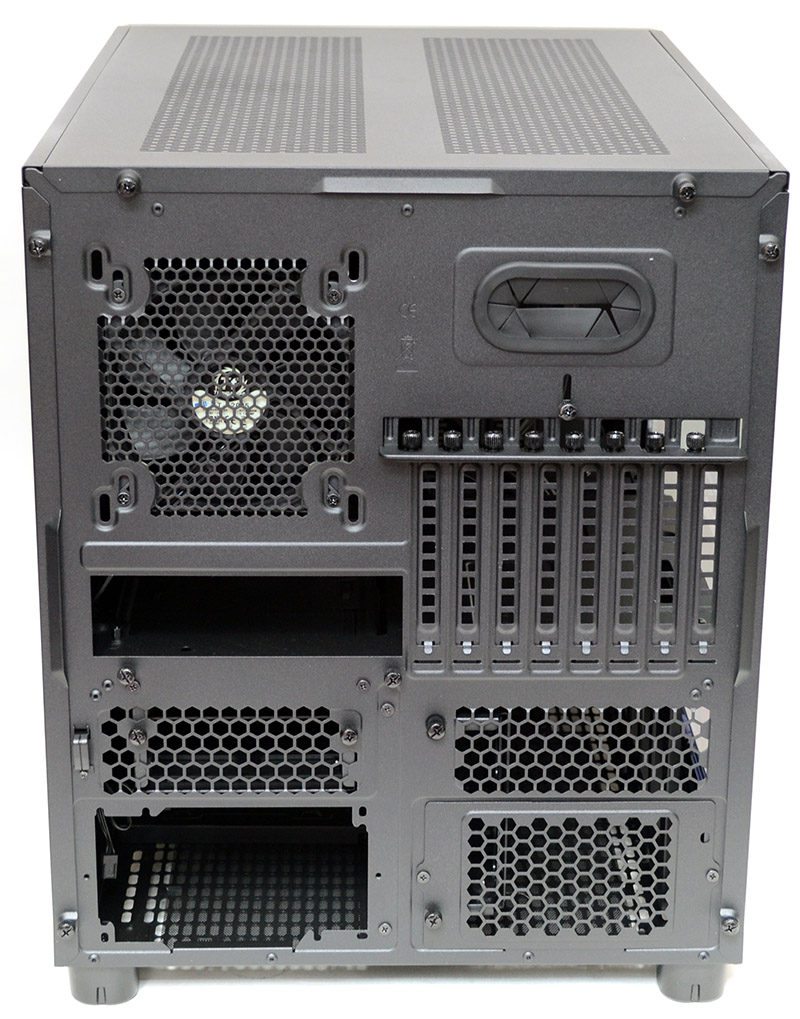
At the top, you’ll find two screws for removing the top panel and two more down each side for removing the side panels. There’s a 120/140mm fan mount on the left, a large routing grommet on the right and eight expansion slots with reusable and ventilated metal covers.
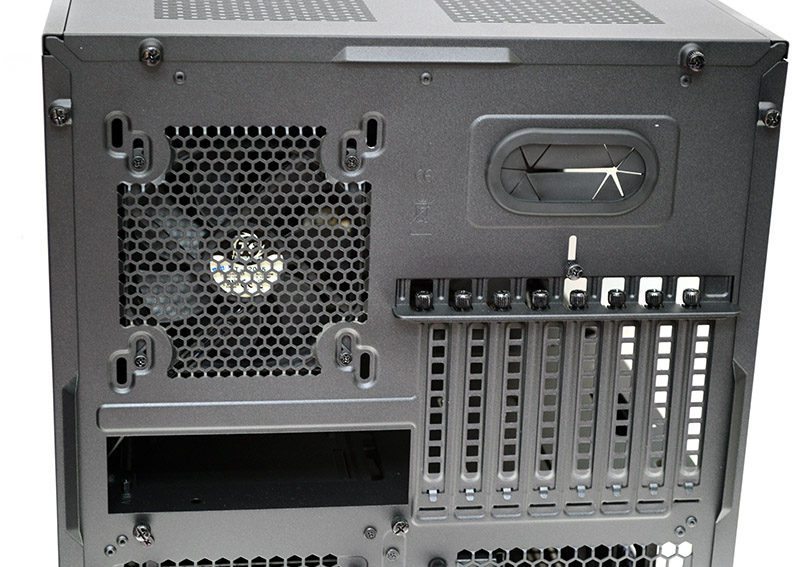
Below the motherboard I/O cut-out, there are more thumb screws to assist with removing the motherboard tray, two more below that to remove a modular hard drive bay on the chassis interior, and below that, the PSU cut-out. On the right, there are yet more screws, with one panel opening up room for a secondary power supply.
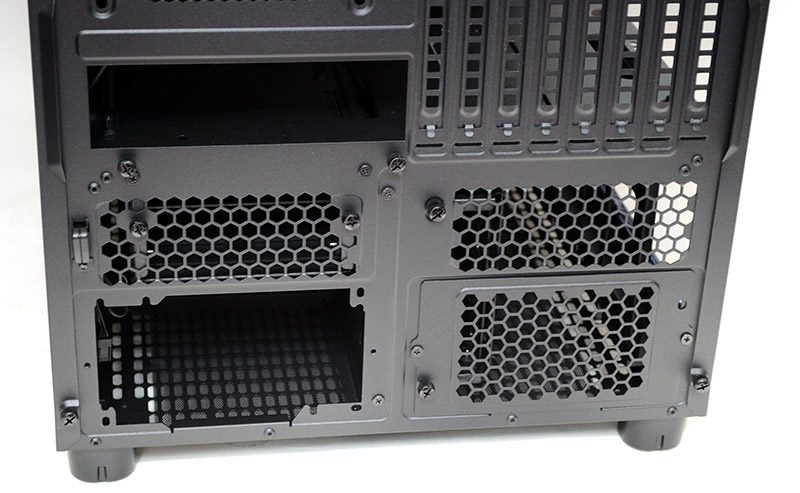
The top panel has, you guessed it, more ventilation! As you’ll find two large banks of fan/radiator mounts in the top of the chassis also.
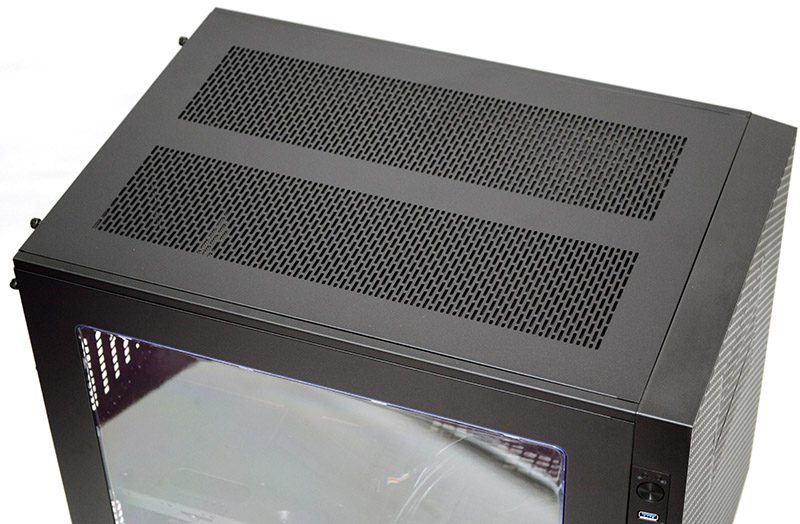
And as if you didn’t see it coming, there is more ventilation in the base of the chassis. The only thing I see wrong here is that while the dust filters cover the specific fan/radiator mounting points, there’s a lot of uncovered area here, and two full-length slide-out filters would certainly have been preferred.
